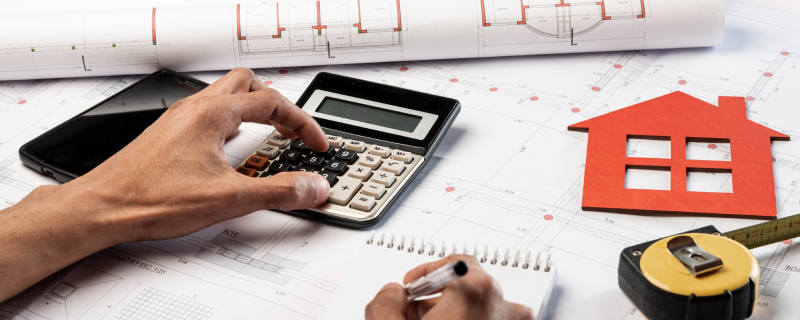Equipment leasing is a new trend that is creating a buzz in corporate work environments. This practice enables business owners to rent specific equipment from a leasing company or vendor. On completion of the lease period, the equipment is returned back or the lease is renewed.
If seen from an economic perspective, leasing is an expensive affair in the long run. However, the monthly costs/installments are cut down for the business.
When any business scales the height of success, getting new equipment and machinery becomes essential. But what if such plans are not in sync with the current financial budget of that business? A business loan can be an option, but the down payments and interest rates are extremely high. And this is the point where equipment leasing comes into the picture.
Delving into the Basics
An equipment lease is legally governed by leasing agreements. Under it, you pay a specific amount for a predetermined number of months and once the lease ends, the contract can be renewed. Also, you may buy the equipment or return it.
Leasing has its share of pros and cons. It ensures that you are getting the most current equipment backed with regular equipment maintenance.
However, it is not everyone’s cup of tea! As mentioned earlier in this article, leasing will burn a bigger hole in your pockets in the longer run. And if you’re a start-up or a one-person business, then this option is not meant for you.
In a Nutshell
Before thinking to lease any equipment, give careful thought to your infrastructure requirements and business expansion plans. Also, multiple brands manufacture the same equipment with slight variations, and the monthly installments vary accordingly. Choose what suits you best without compromising on the quality.
I hope that this article has given you a brief overview of what the equipment leasing process is all about. It will help you in making an informed decision.



Comments are closed